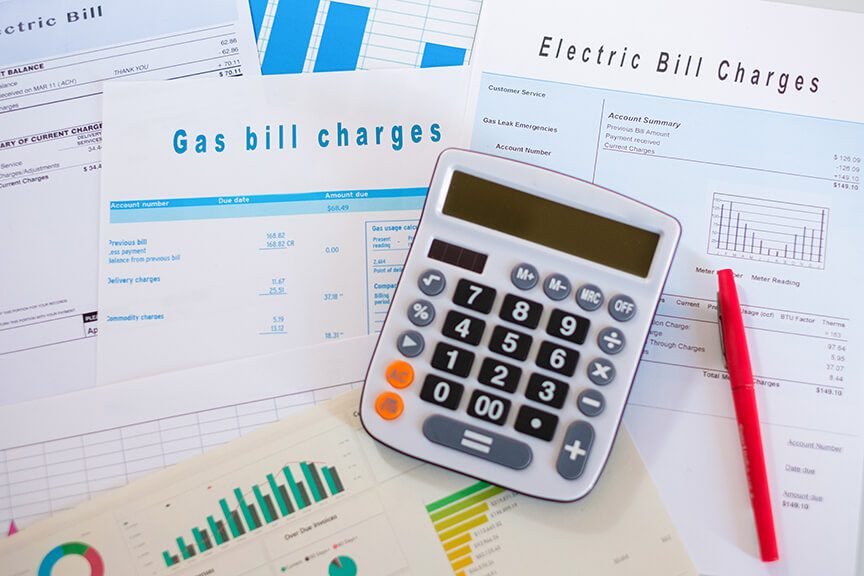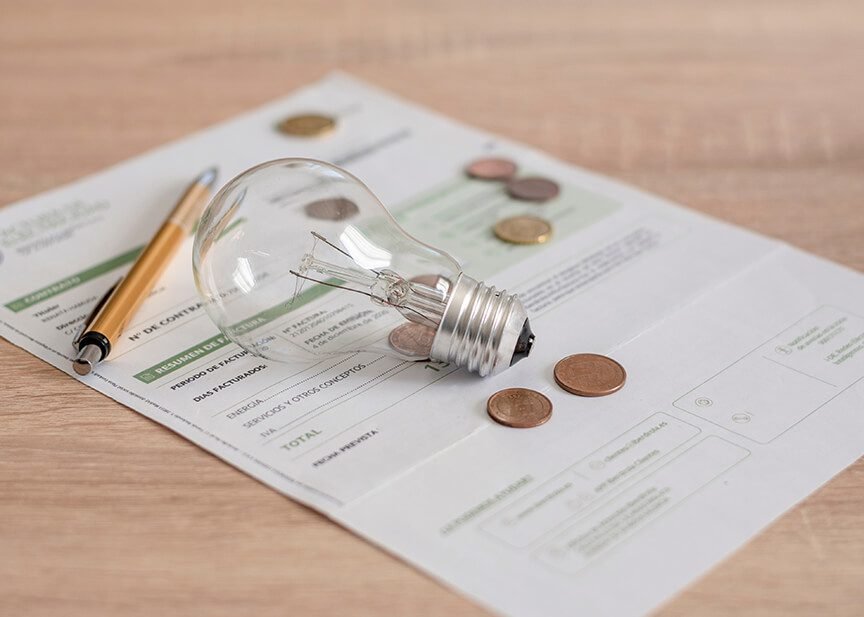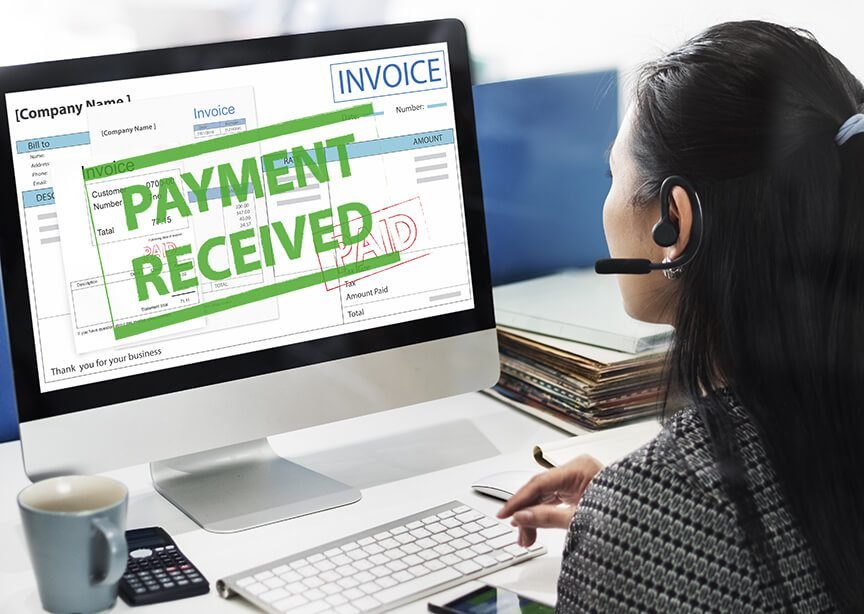Finding yourself struggling to make rent or afford high utility bills can be stressful for any household. As an immigrant or non-citizen, you may be wondering if there is any government assistance programs that can help lighten the financial load. The good news is that options like the Low Income Home Energy Assistance Program (LiHeap) are available to provide relief, even if you’re not a U.S. citizen.
This guide will explain LiHeap eligibility, benefits, and how you can apply as a qualified non-citizen. With some help covering heating and cooling costs, you can worry less about home energy costs and focus more on getting settled in your new home.
Overview of LiHeap Benefits for Immigrants and Non-Citizens
LiHeap is a federally-funded program that assists low-income households in paying their home energy bills. It offers several types of assistance:
- Regular heating and cooling bill aid – Helps pay a portion of your primary gas, electric, or other heating and cooling bills. This is a one-time annual payment made directly to your energy provider.
- Crisis assistance – Provides additional grants to restore service or deliver fuel if facing disconnection or an empty tank.
- Weatherization – Provides free home upgrades like insulation to help reduce energy consumption and bills.
As a legal permanent resident, asylee, refugee, or other eligible immigrant, you can qualify for LiHeap if you are below the top income limit and other eligibility criteria in your state. The benefits help take some pressure off high utility costs.

Who is Eligible for LiHeap?
LiHeap is designed for low-income households who need assistance paying energy bills. This includes renters as well as homeowners. There are two main components that determine if your household qualifies:
Income Eligibility Requirements
States can set their own LiHeap income limits within the parameters established by the federal government. Guidelines are adjusted annually for inflation. Limits factor in:
- Household size – Larger households can earn more
- State Median Income (SMI)
- Federal Poverty Guidelines
To give an idea, here are sample limits for a family of 4:
- Texas – $41,625
- Ohio – $41,625
- California – $52,400
Check with your state LiHeap office for the latest eligibility limits.
Immigration Status Criteria
You may qualify for LiHeap as a legal non-citizen if you have:
- Lawful permanent resident status (“green card”)
- Refugee or asylee status
- Work visas like H-1B and H-2A
- Temporary Protected Status (TPS)
- U or T visas for victims of crimes or trafficking
Your children can also qualify even if you as the parent do not, as long as they are U.S. citizens or eligible non-citizens. Their income will be counted when determining household eligibility.

How LiHeap Works
If approved for LiHeap, your household will receive a one-time payment each year that is sent directly to your gas, electric, or other energy provider. This payment is then credited on your account to help cover your primary heating or cooling costs.
The payment amount depends on factors like your household income, family size, and fuel type. For heating bills, grants may range from $300 – $1000 or more. The LiHeap payment acts as a subsidy – it won’t cover your entire energy costs for the year, but helps make bills more affordable.
In a crisis where you’re about to be disconnected or run out of heating fuel, LiHeap may provide temporary assistance or extra emergency grants. These act quickly to restore your service or deliver fuel.
LiHeap is not an endless funding source. States receive a fixed federal budget each fiscal year. So apply as early as possible, as funds do run out before the end of the program year.
When to Apply for LiHeap
LiHeap application periods vary by state. For heating assistance, they generally run November through January or February. Cooling assistance runs May through August in states that offer it.
States often announce an official start and end date for accepting applications. Applicants are served on a first come, first served basis until funds are exhausted. As soon as your state opens enrollment, submit your application and required documents. Calling right away to make an appointment can also help speed the process.
Don’t delay applying if you think you might qualify. You lose out if you wait and the funding is depleted for the year.

How to Apply for LiHeap Benefits
Applying for LiHeap requires gathering some documents and submitting an application with your state or local LiHeap provider. There are two main ways to apply:
Online – Most states allow you to submit a LiHeap application electronically through an online portal. Search for “[Your State] LiHeap application” to find the website. Instructions will walk you through creating an account and uploading required documentation.
Paper application – You can also print a physical LiHeap application and submit it along with copies of income statements, utility bills, and other eligibility proof to your local social services or energy assistance office.
When applying, have the following items ready:
- Identification for household members
- Recent utility bills
- Proof of income for the last 30 days
- Proof of immigration status if non-citizen
After submitting your application, a response will arrive by mail or email within 30-60 days informing you if you are approved or denied. If approved, your payment will be sent to your energy provider. They will then credit your account.
Check if Your Automatically Eligible for LiHeap
Certain programs may make you automatically eligible for LIHeap benefits. These programs include:
- Supplemental Nutrition Assistance Program (SNAP)
- Supplemental Security Income (SSI)
- Temporary Assistance for Needy Families (TANF)
- Certain types of veterans’ assistance programs
Be sure to ask your state’s LiHeap office if you qualify through these programs during the application process.

Get Help Beyond LiHeap
While LiHeap provides essential assistance, the funding is limited. Once those funds are used up for the year, they cannot accept more applications. If you’re struggling with bills, here are some additional places to find help:
Non-Profit Charities and Churches – Many local organizations like Catholic Charities and Salvation Army offer emergency utility bill grants and other aid. Reach out to groups in your community for support.
Payment Plans – Your utility company may offer payment plan options to spread out bills into more affordable monthly installments. Enrolling can help avoid large lump sum payments.
Utility Discounts – Ask your utilities and energy providers about any discounts for low-income households. You may qualify for a lower rate to help keep bills in check.
Weatherization – This LiHeap program provides home upgrades to increase efficiency and reduce energy consumption. Improvements like insulation and HVAC tune-ups save money.
With some research, you can likely find additional support beyond your LiHeap payment. These programs help families make ends meet during financial difficulties.
Check Your Eligibility and Get Help Paying Bills
Don’t let uncertainty about your immigration status stop you from seeking help with essential bills. Households containing eligible immigrants and non-citizens can qualify for LiHeap assistance.
Check the latest income guidelines for your state and your annual household income by size. Gather the required documents and apply for LiHeap as early as possible when enrollment opens. The benefits help take the sting out of heating and cooling bills.
And if LiHeap funds are depleted, aid organizations can offer a financial lifeline. Get the help covering utility costs that your family needs, regardless of citizenship status. Reach out and you’ll find there are always options available.

